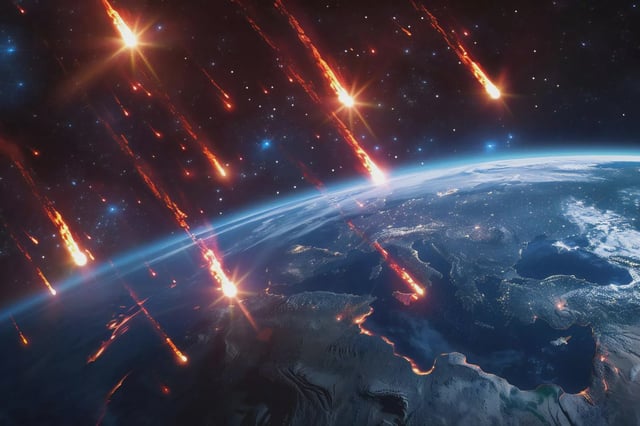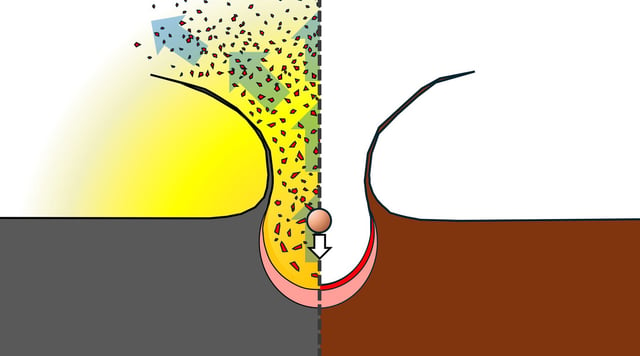Overview
- Researchers used a two-stage light gas gun to simulate high-velocity impacts on carbon-rich meteorite analogs, uncovering rapid oxidation reactions that produce explosive gases.
- The study reveals that carbon monoxide and carbon dioxide gases generated during impacts eject highly shocked rock fragments into space, erasing evidence of intense impacts.
- This discovery explains why carbon-rich meteorites appear less shocked compared to carbon-poor ones, resolving a decades-old puzzle in planetary science.
- The findings suggest that larger celestial bodies, like Ceres, may retain ejected shock-altered material due to their stronger gravitational pull, offering targets for future exploration missions.
- The research overturns earlier water-vapor hypotheses and provides critical guidance for planetary sampling strategies aimed at uncovering the history of collisional processes in the solar system.

